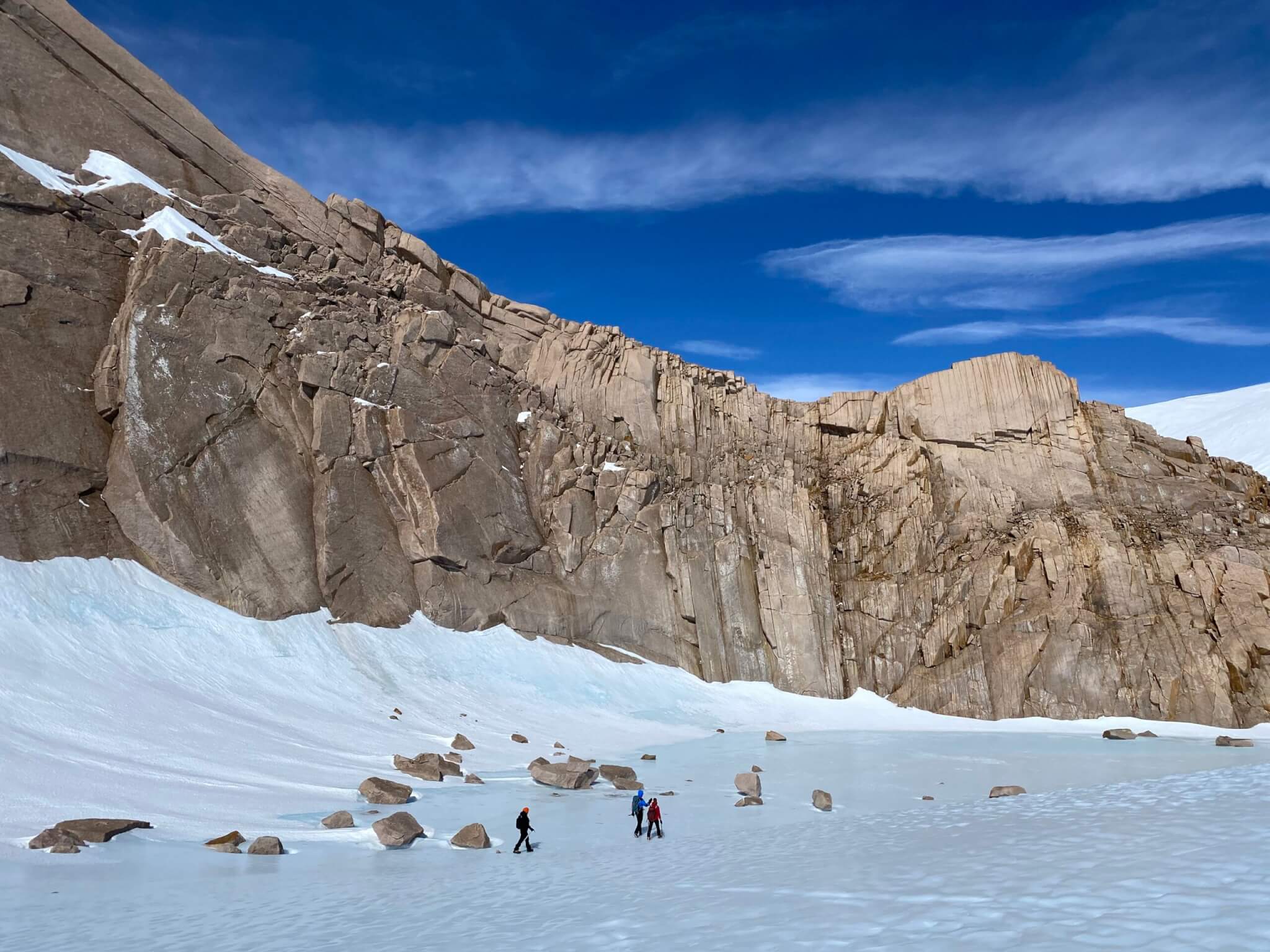CHICAGO — A huge meteorite containing the oldest material in the solar system has been unearthed in Antarctica. At 17 pounds, the space rock is one of the biggest ever discovered on Earth and is providing new insight into the evolution of the Sun and our neighboring planets.
This cosmic treasure was easy to find, since its black composition stood out in contrast to the snowy white ground on the frozen continent. The wilderness is the best place to search for surviving space rocks. Dry cold weather provides perfect conditions for preserving fallen meteors.
“Size doesn’t necessarily matter when it comes to meteorites, and even tiny micrometeorites can be incredibly scientifically valuable,” says Maria Valdes, a research scientist at the Field Museum and the University of Chicago in a media release, “but of course, finding a big meteorite like this one is rare, and really exciting.”

Antarctica is a goldmine for meteorites
Over the past century, more than 45,000 meteorites have been found on the continent, but only about 100 have been this big.
Expedition members rode snowmobiles to reach promising landing sites previously mapped using satellite images. They discovered five new specimens near the Princess Elisabeth Antarctica research station.
A computer neural network helped reveal several locations relatively free of snow, which might otherwise have covered them up. One contained the meteorites.
“To find such a big one – this is kind of luck to be honest,” says Professor Maria Schonbachler of the Swiss Federal Institute of Technology, according to a statement from South West News Service.

The large space rock appears to be an ordinary chondrite, the most common type of meteor. These objects contain the oldest material in the solar system and probably originated from the asteroid belt between Mars and Jupiter.
The meteorite is being kept in a cool box to prevent thawing that could damage its delicate chemical structure. Researchers are sending it to a lab in Belgium for further analysis.
“We don’t tend to find too many meteorites in Antarctica that are as big as this,” says Dr. Ashley King from the Natural History Museum in London.
“Studying meteorites helps us better understand our place in the universe. The bigger a sample size we have of meteorites, the better we can understand our Solar System, and the better we can understand ourselves,” Valdes concludes.

South West News Service writer Mark Waghorn contributed to this report.
Source link
